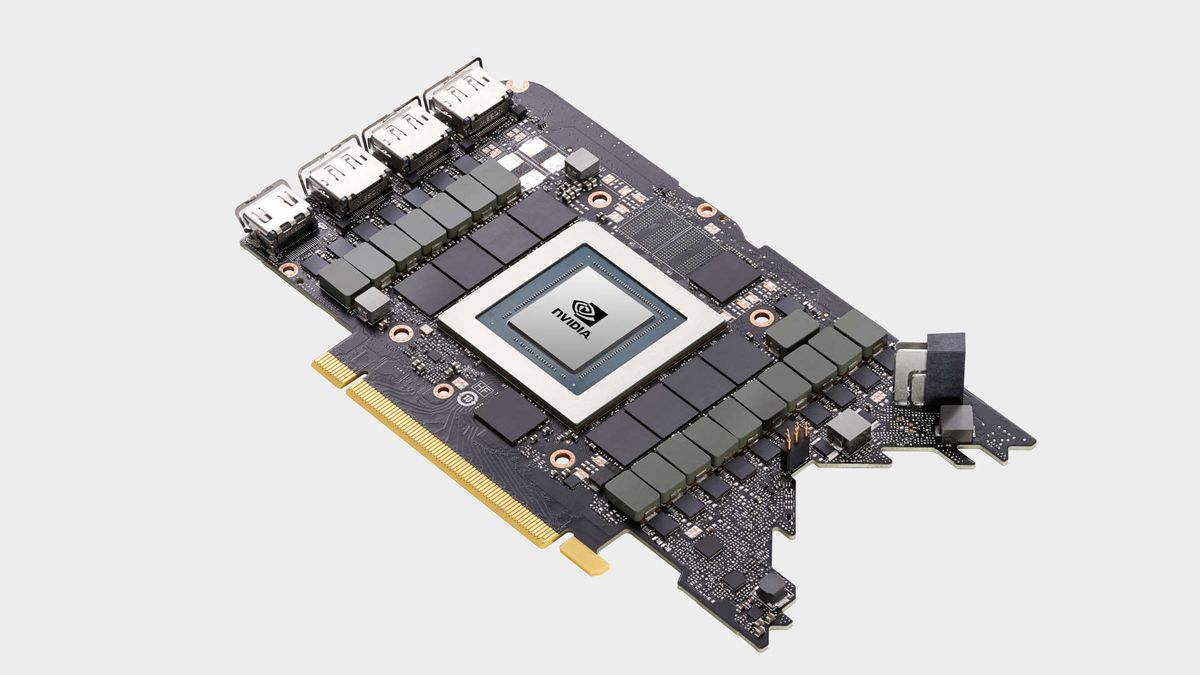Sapphire Rapids does have 4 CPU dies (no I/O die) butted together, but they're still pretty big, around 350mm2 each going by the delidded photo here:
 www.extremetech.com
www.extremetech.com
With 56 cores total (14 per chiplet) this is about 1400mm2 total which is 25mm2 of 10nm per core. AMD Milan has something around 640mm2 of CPUs split over 8 x 8core chiplets (80mm of 7nm each, 10mm2 per core) plus a 420mm2 14nm I/O die (7mm2 per core), which is a lot cheaper per mm2 -- probably about half that of 7nm. So total silicon area for AMD is about 25% less than for Intel -- and for 64 cores, not 56, so 35% less per core, 40% of which is cheaper 14nm.
Add this onto the lower yield for Intel (CPU die are 350mm2 in lower-yielding Intel 10nm compared to 80mm2 in higher-yielding TSMC 7nm), and this suggest at least a 2x die cost advantage for AMD.
Intel can't easily deal with this by using more smaller CPU chiplets, their inter-die I/O is very short (low latency) on the edges that butt together, this only works for a 2x2 array -- they've basically sawn one enormous CPU chip into 4 big pieces. To use more smaller chiplets they would need a complete re-architect with longer higher-latency links between chips, in other works a proper inter-CPU network -- probably via an I/O die like AMD.
In other words, to compete with AMD at TSMC (or even in their own fab) they need an AMD-style architecture, not an Intel-style one...
Intel’s 10nm Sapphire Rapids CPU Delidded, Photographed | ExtremeTech
Intel's Sapphire Rapids has been sighted in the wild. It looks as if Intel will hook the chip together a ...
With 56 cores total (14 per chiplet) this is about 1400mm2 total which is 25mm2 of 10nm per core. AMD Milan has something around 640mm2 of CPUs split over 8 x 8core chiplets (80mm of 7nm each, 10mm2 per core) plus a 420mm2 14nm I/O die (7mm2 per core), which is a lot cheaper per mm2 -- probably about half that of 7nm. So total silicon area for AMD is about 25% less than for Intel -- and for 64 cores, not 56, so 35% less per core, 40% of which is cheaper 14nm.
Add this onto the lower yield for Intel (CPU die are 350mm2 in lower-yielding Intel 10nm compared to 80mm2 in higher-yielding TSMC 7nm), and this suggest at least a 2x die cost advantage for AMD.
Intel can't easily deal with this by using more smaller CPU chiplets, their inter-die I/O is very short (low latency) on the edges that butt together, this only works for a 2x2 array -- they've basically sawn one enormous CPU chip into 4 big pieces. To use more smaller chiplets they would need a complete re-architect with longer higher-latency links between chips, in other works a proper inter-CPU network -- probably via an I/O die like AMD.
In other words, to compete with AMD at TSMC (or even in their own fab) they need an AMD-style architecture, not an Intel-style one...



